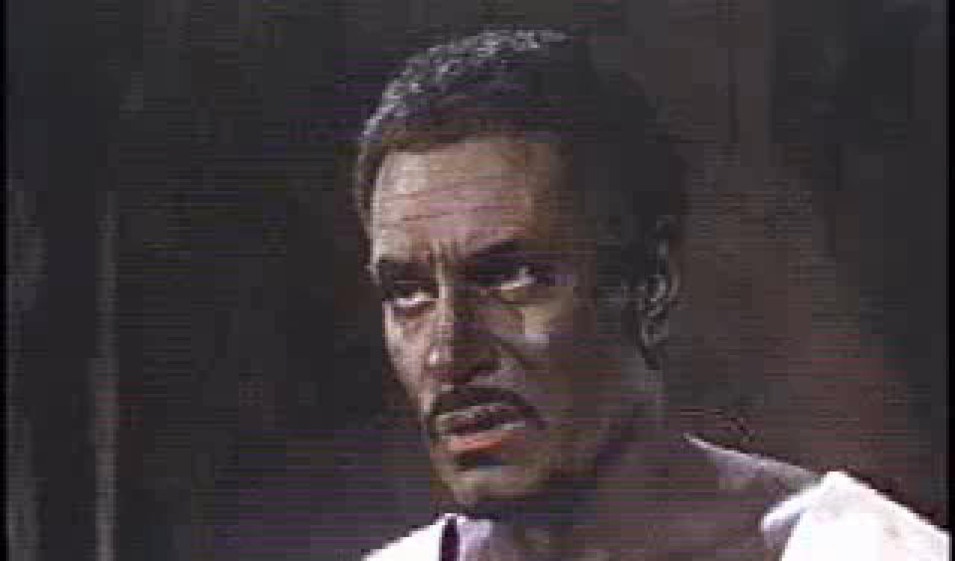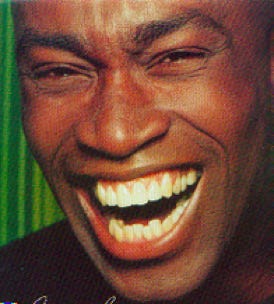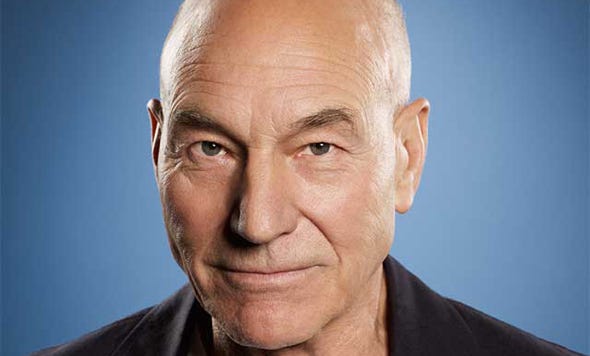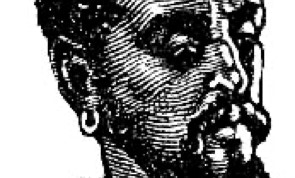The creativity of author, designer, broadcaster Ben Arogundade
Perspectives On Shakespeare: Othello Movie - Actor Sir Laurence Olivier’s 1965 Blackface Performance - In The Midst Of Civil Rights
WHEN ACTOR SIR LAURENCE OLIVIER played Othello in the 1965 movie, US critics balked at his blackface portrayal of the Moor, which seemed out of step with the rapidly changing times. By Ben Arogundade. Mar.07.2021.
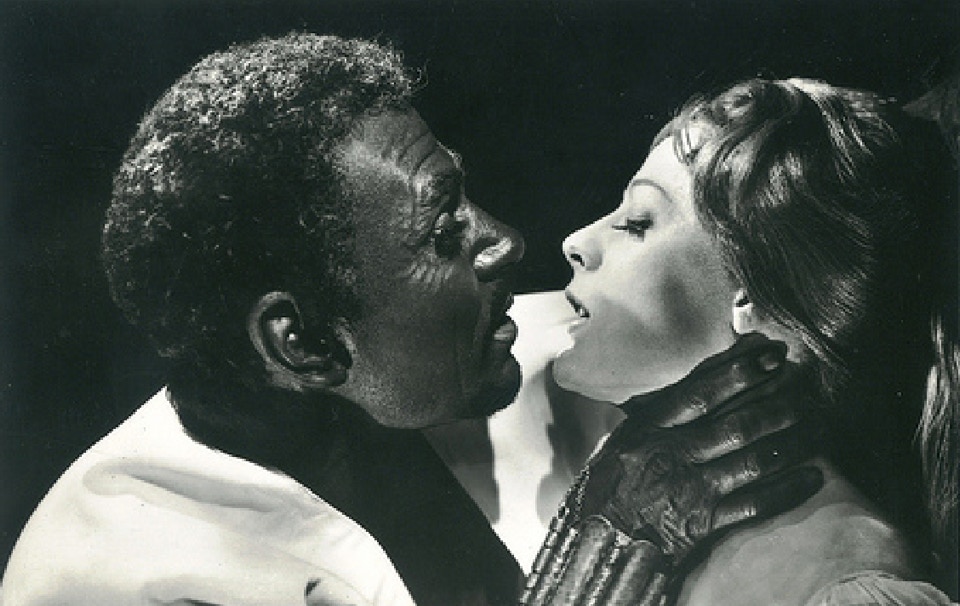
OTHELLO OUT OF TIME: British actor Sir Laurence Olivier, with Maggie Smith as Desdemona, in the 1965 blackface performance of William Shakespeare's Othello. When the movie opened in the US critics objected to his blackface portrayal of the Moor, which came in the midst of the civil rights movement.
EVER SINCE OTHELLO WAS FIRST performed by Shakespeare’s theatre group, the King’s Men, on November 1, 1604, scholars have debated the Moor’s origins. Some argue that he is black, others that he is an Arab of lighter complexion. Over the centuries he has been played in theatres as both ethnicities, originally by white actors in blackface, and more recently by actors of African descent.
SIR LAURENCE OLIVIER IN BLACKFACE - 1965 FILM
When British actor Sir Laurence Olivier played the Moor in a movie version released in the UK in December 1965, he also acted in blackface. It was the first English language film of the play to be shot in colour, and all the action took place on a series of enlarged studio sets. Olivier invented his own basso profundo voice, along with a special walk, as part of his preparation for the role.
Olivier's blackface interpretation of Othello had presented practical problems for him in past performances. During a rendition at London’s Old Vic in 1964, some of his make-up rubbed off when touching snow-white Desdemona, played by Maggie Smith. Afterwards, critics questioned whether a white man should ever play the Moor again.
Nevertheless, in the 1965 Othello movie, Olivier, star of films such as Spartacus and Marathon Man, remained meticulous about the aesthetic preparation that would transform him into the Moor. ‘The whole thing will be in the lips and the color,’ he told Life magazine in May 1964. ‘I’ve been looking at Negroes lips every time I see them on the train or anywhere, and actually, their lips seems black or blueberry-coloured really, rather than red’.
BLACKFACE MAKE UP
In his autobiography he went into graphic detail about the technicalities of the blackface make-up he used for the 1965 movie performance: “Black all over my body, Max Factor 2880, then a lighter brown, then Negro Number 2 [the name of a shade of make-up], a stronger brown. Brown on black to give a rich mahogany. Then the great trick: that glorious half yard of chiffon with which I polished myself all over until I shone...The lips blueberry, the tight curled wig, the white of the eyes, whiter than ever, and the black, black sheen that covered my flesh and bones, glistening in the dressing room lights.”
OTHELLO 1965: CRITICS DISSENT
Despite his studious approach, American critics balked at Olivier's blackface portrayal of the Moor when the movie opened across 51 metropolitan theatres in 1966. The country was in the midst of the Civil Rights Movement, when sensitivities about black identity were at their height, and racist stereotypes were being systematically challenged. Against this backdrop the English actor’s chosen aesthetic suddenly seemed badly timed, if not completely outdated. Bosley Crowther, writing in The New York Times, stated that the film gave the “outrageous impression of a theatrical Negro stereotype”, and that Olivier resembled an “end man in an American minstrel show.” Unsurprisingly, the film played for just two days. But despite it all, the production later received the highest ever number of Academy Award nominations for a Shakespeare film.
With Europe largely unaffected by the fallout from the American Civil Rights Movement, it took much longer until white Othellos in blackface fell out of favour there. As late as 1990 Michael Gambon blacked up to play the Moor in a performance at the Stephen Joseph Theatre, Scarborough. This time he played the lead as a lighter-toned Arab. After this, blackface portrayals were retired completely, and Othello would mostly be cast as a Sub-Saharan African on both sides of the Atlantic and beyond.
ABOUT ME
Hi there. I am a London-based author and publisher, specialising in fiction, non-fiction and online journalism. Discover more about me and my latest projects, at Ben Arogundade bio.
